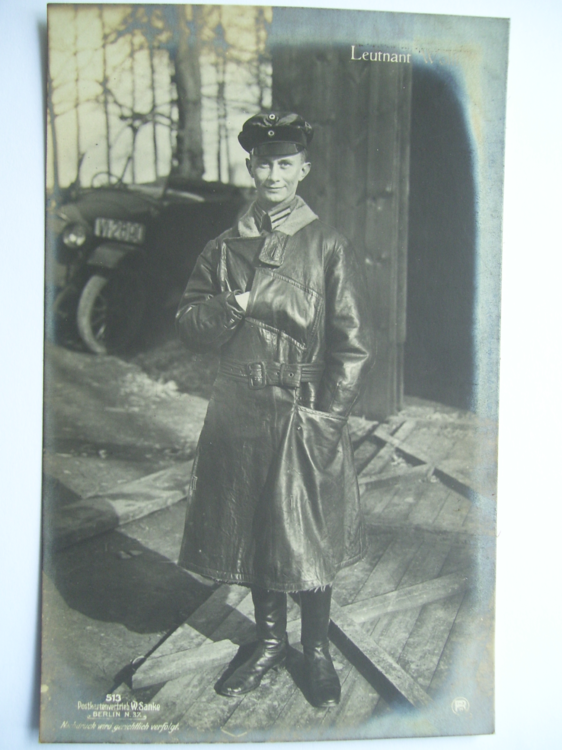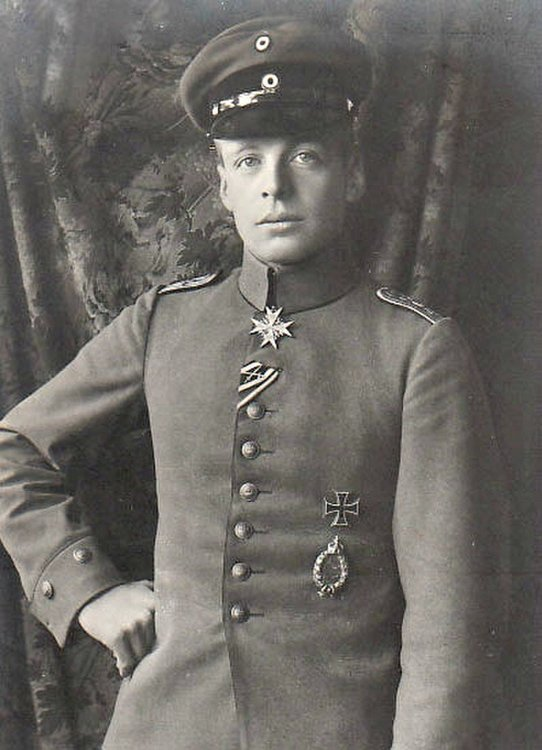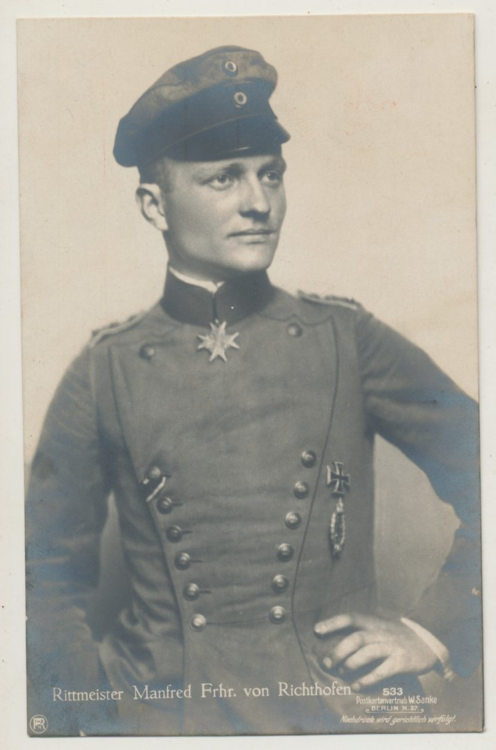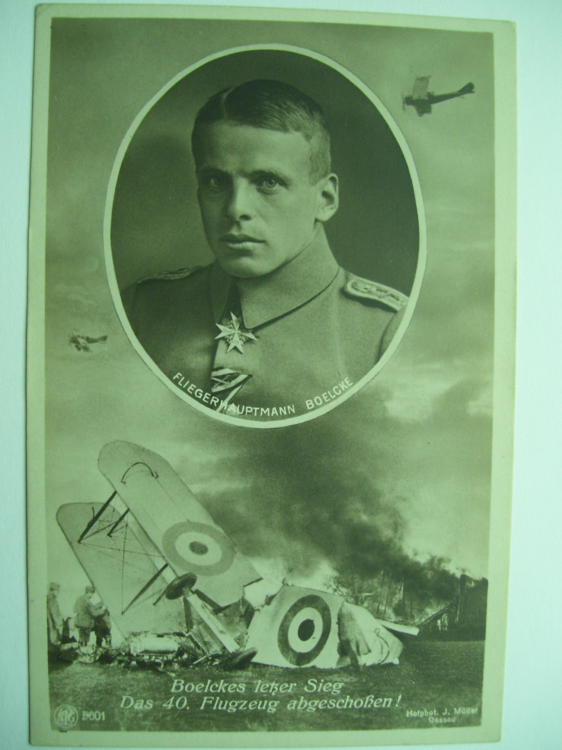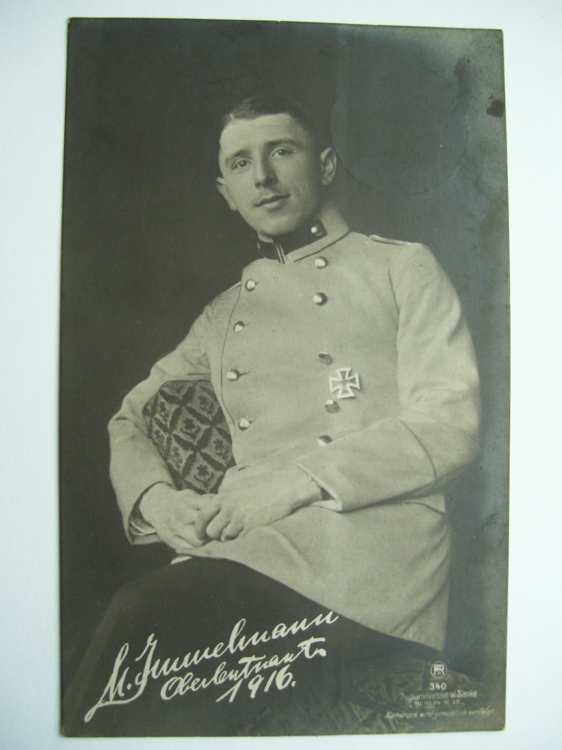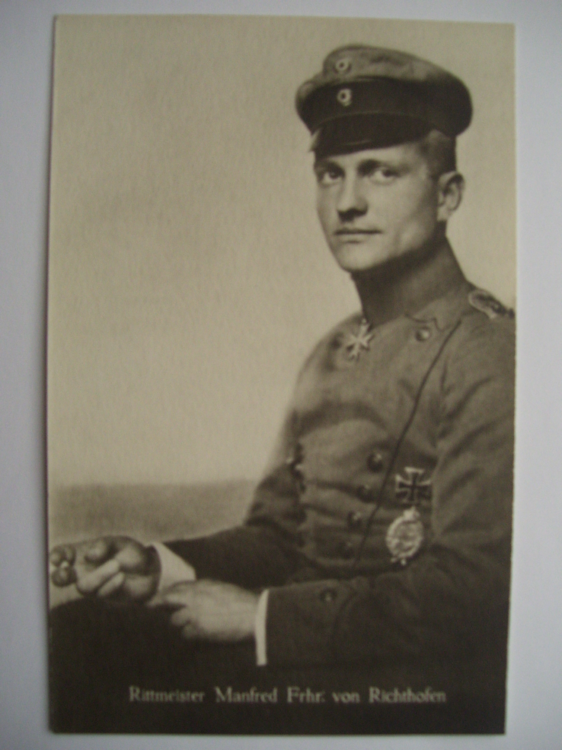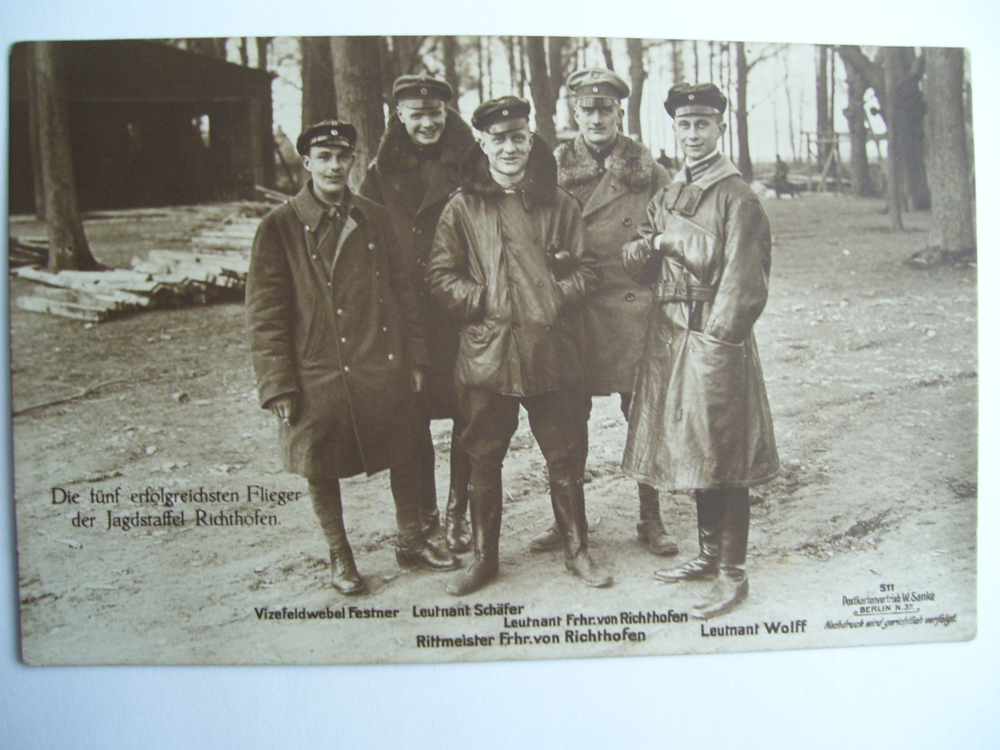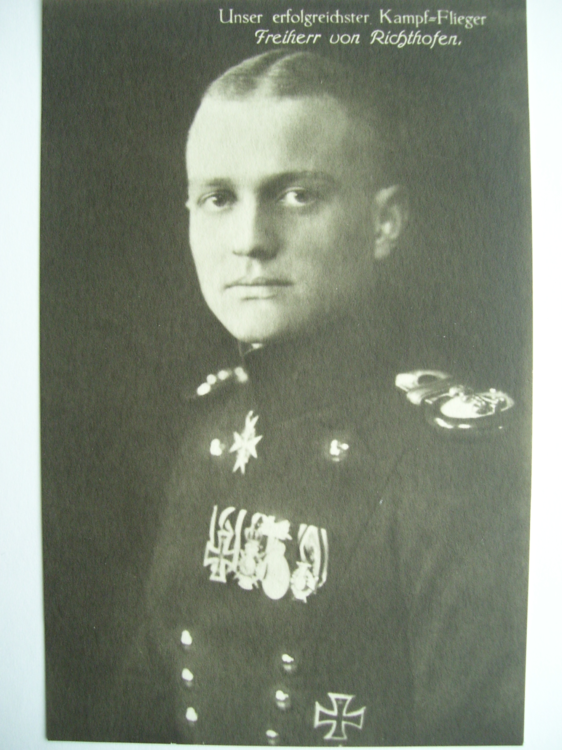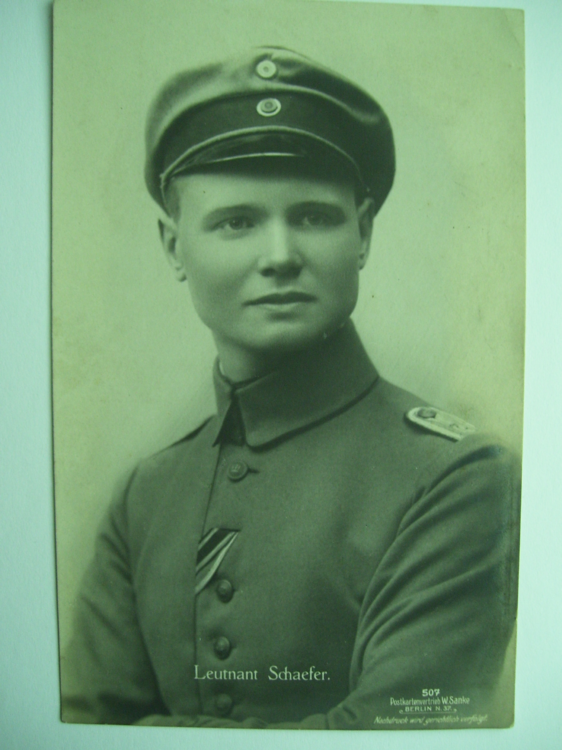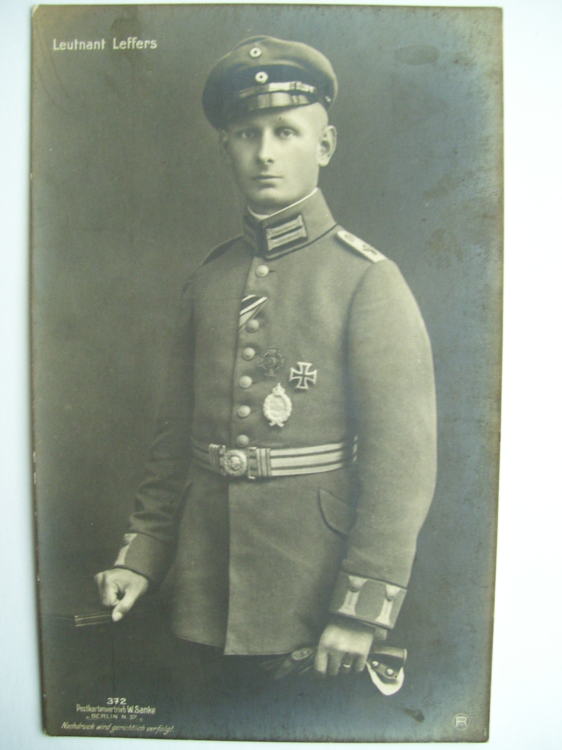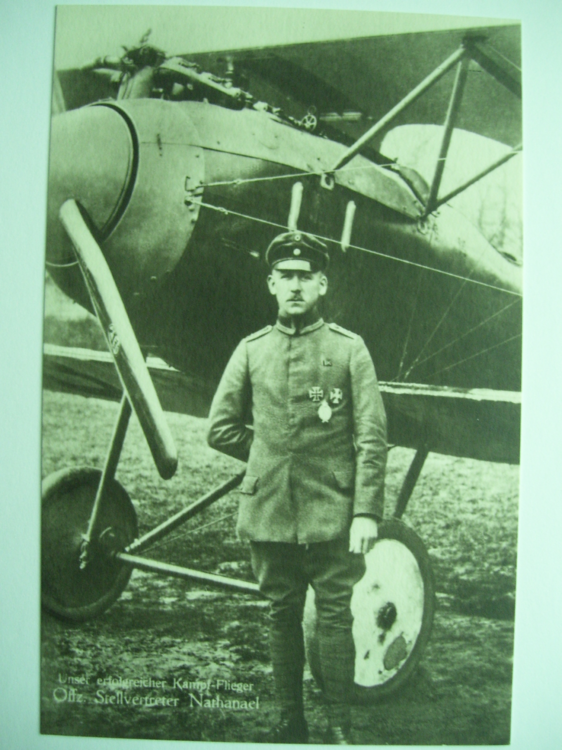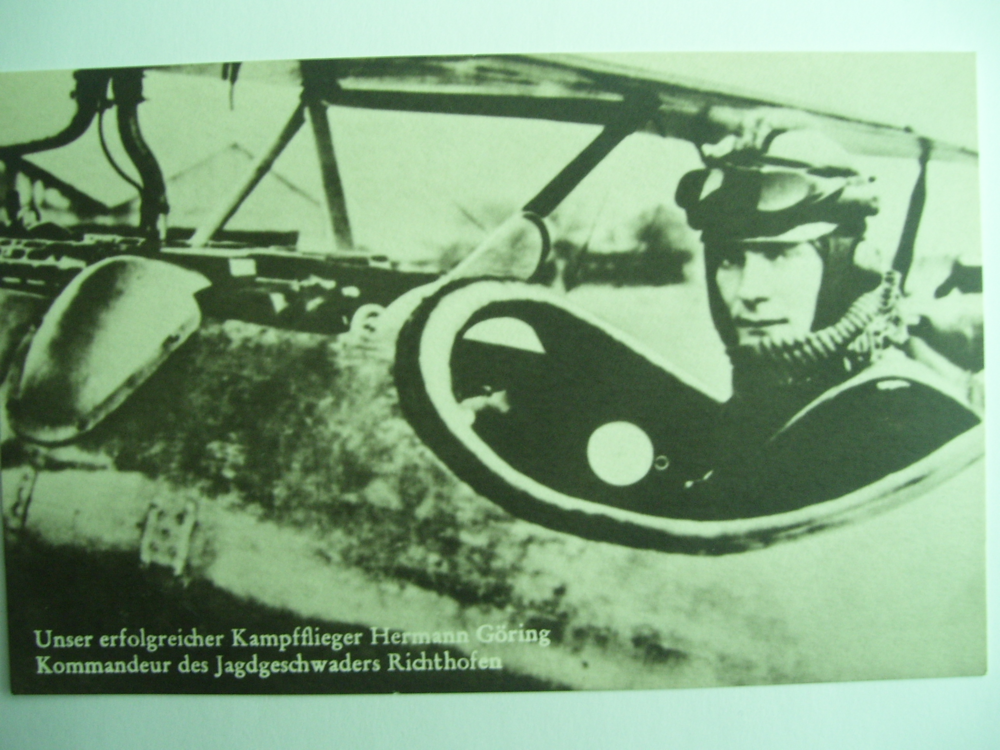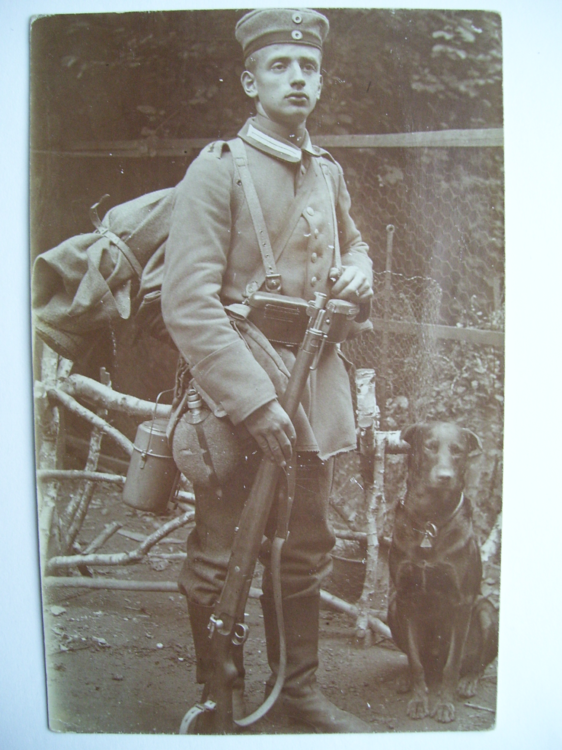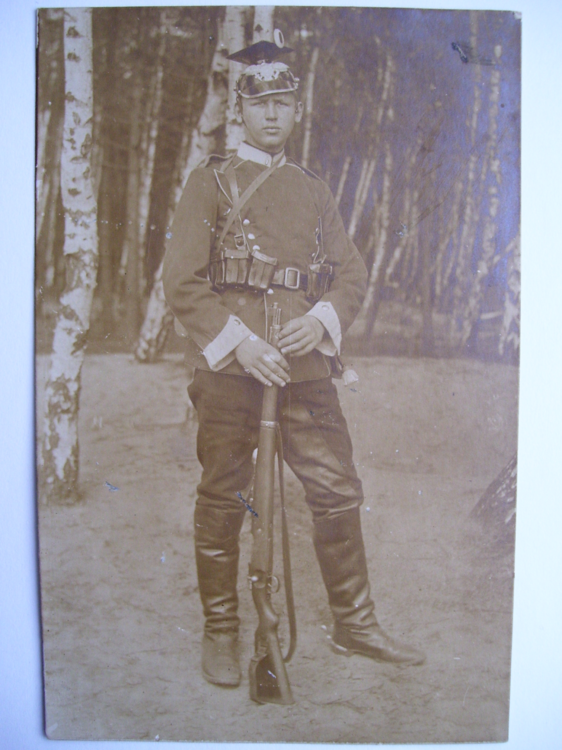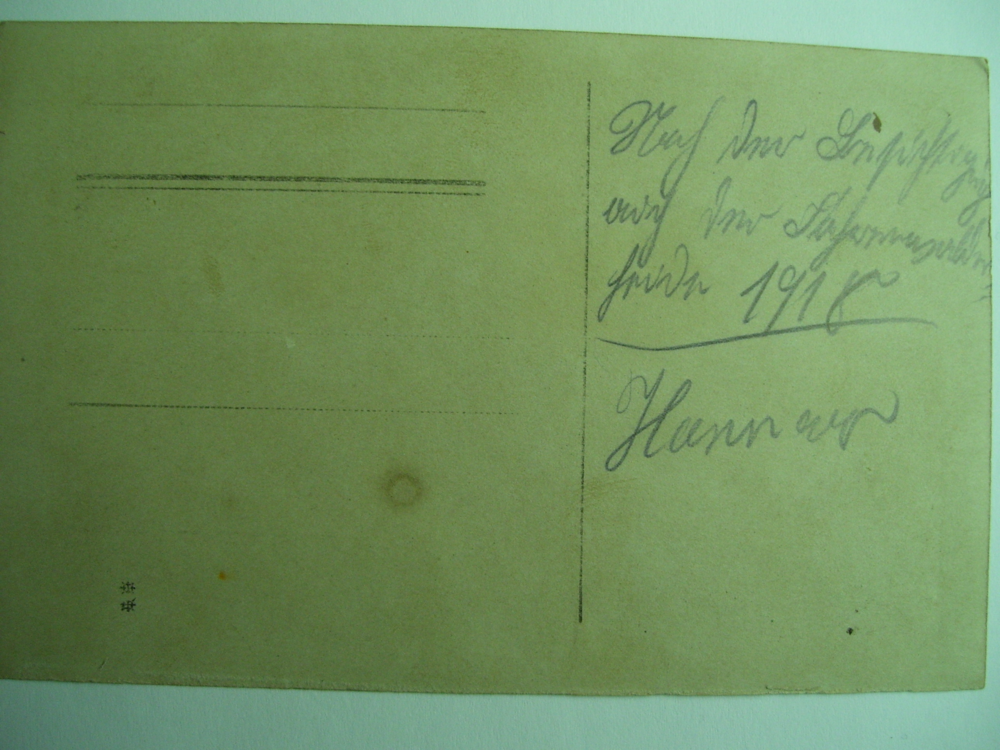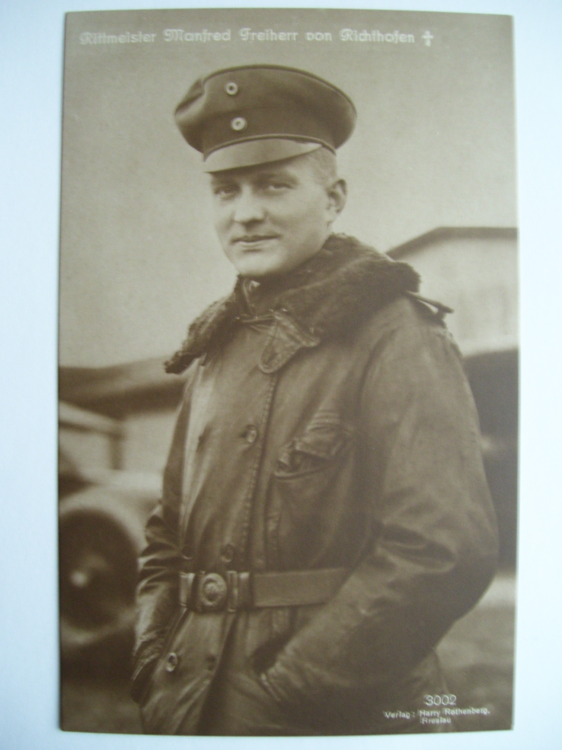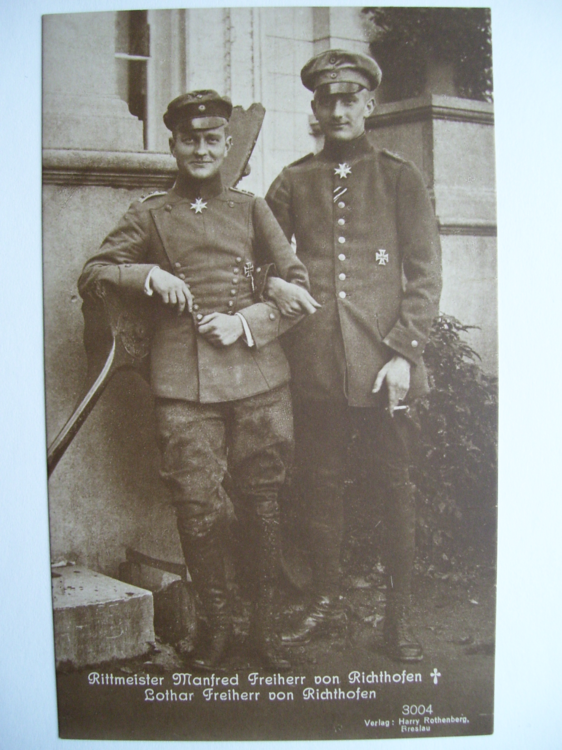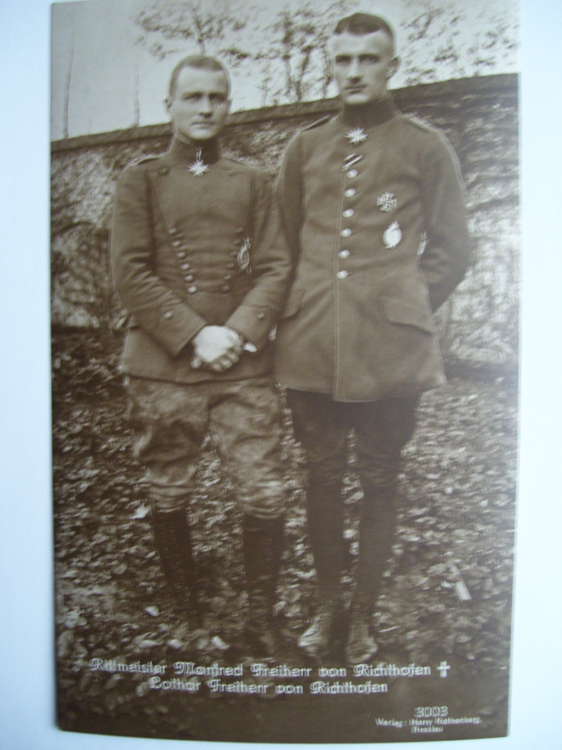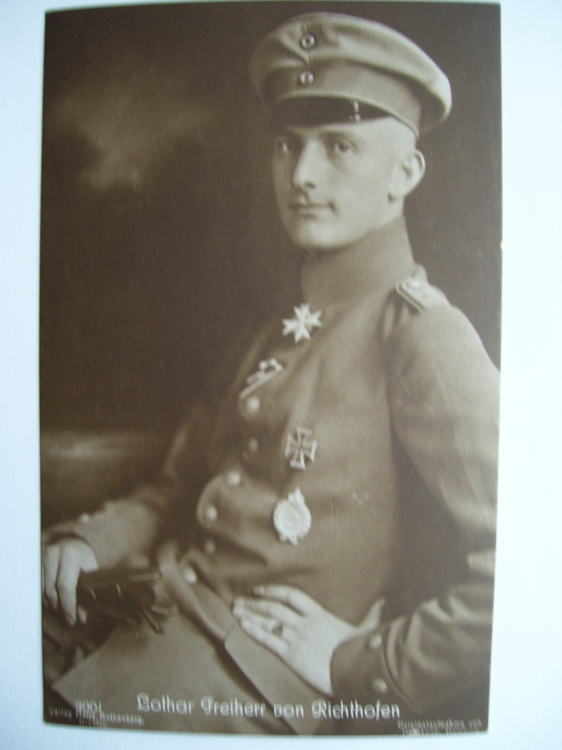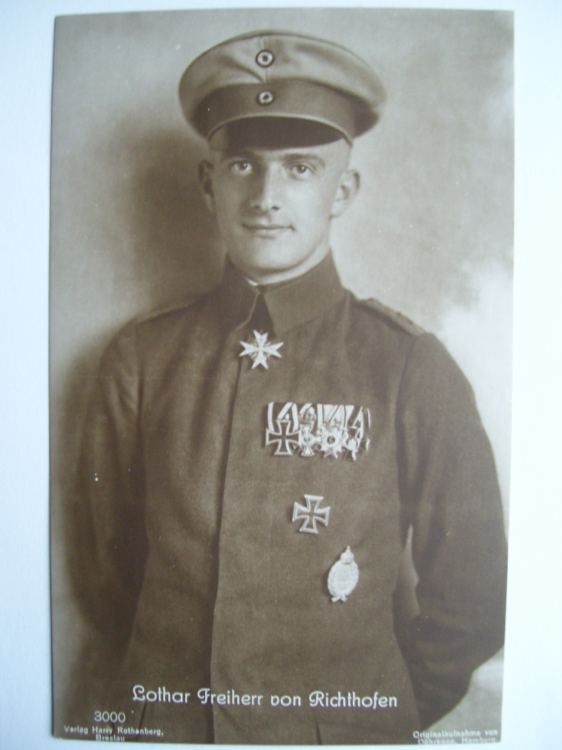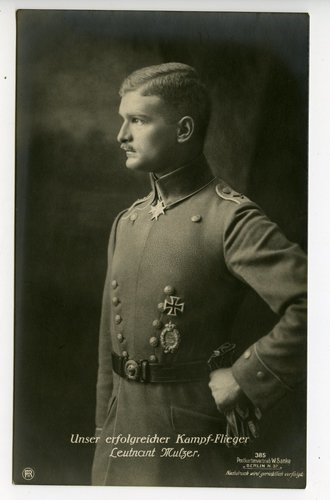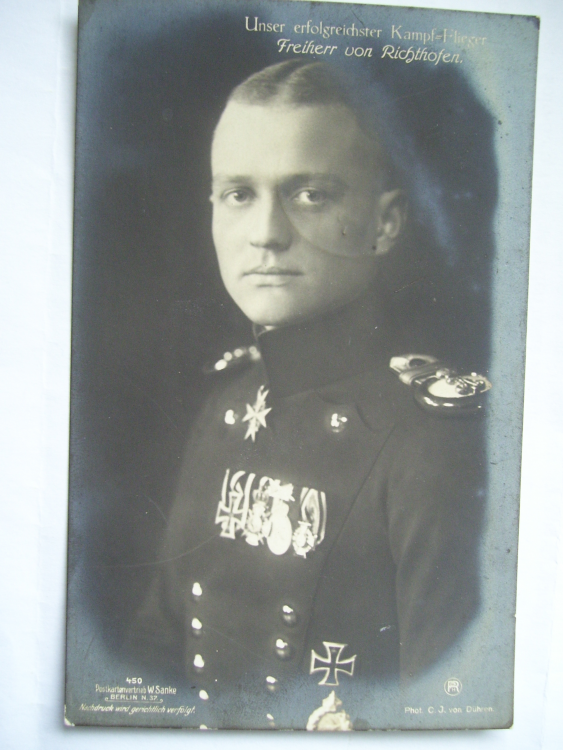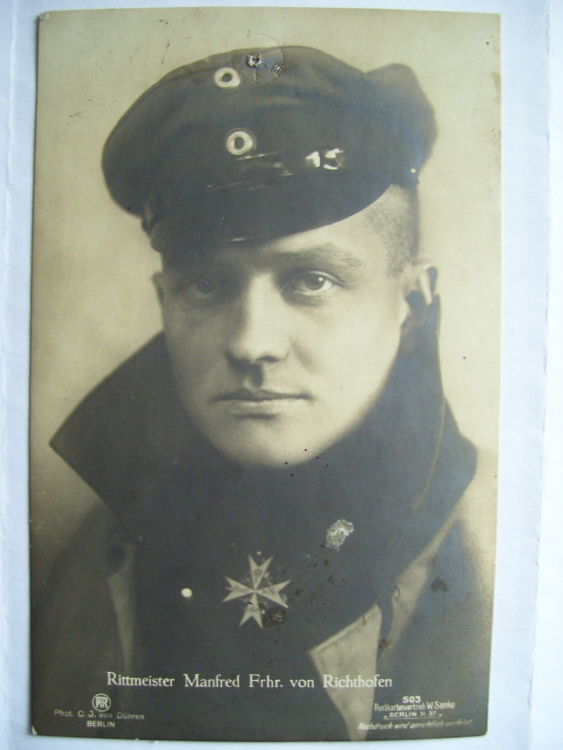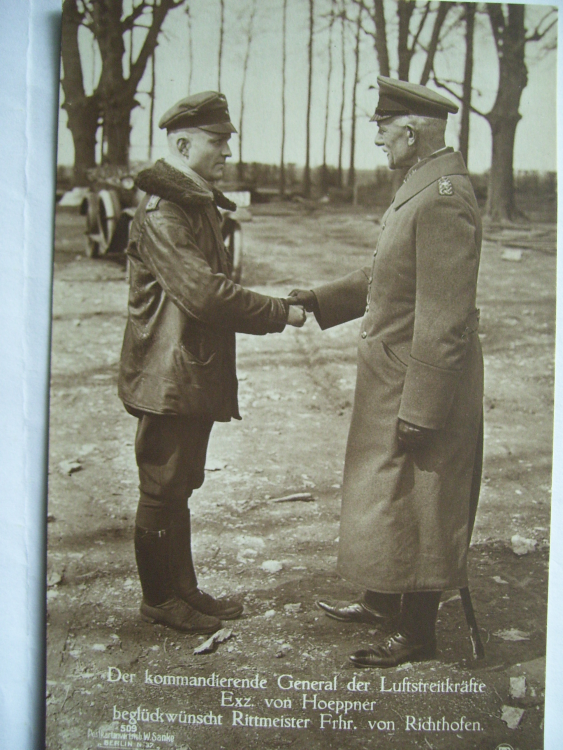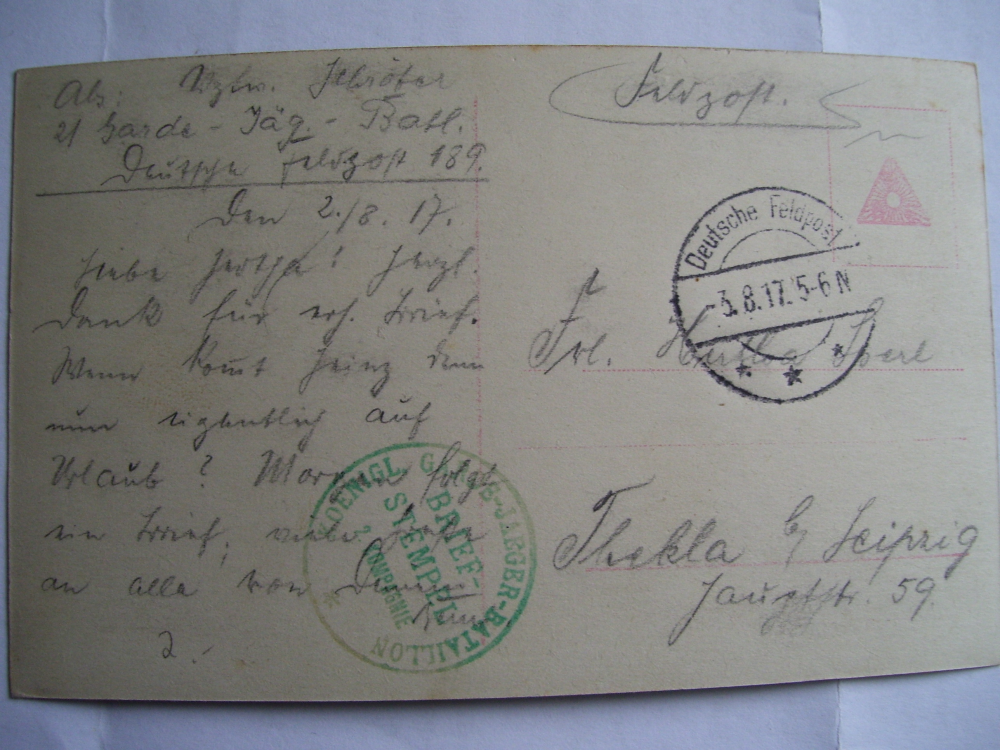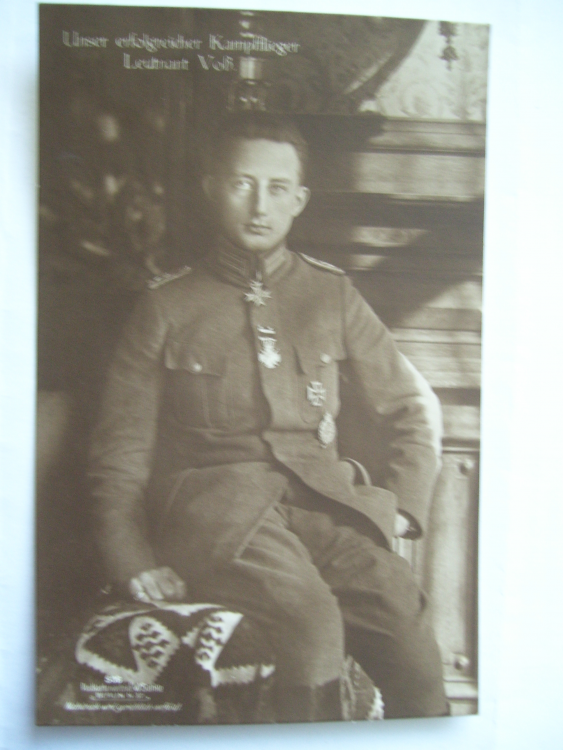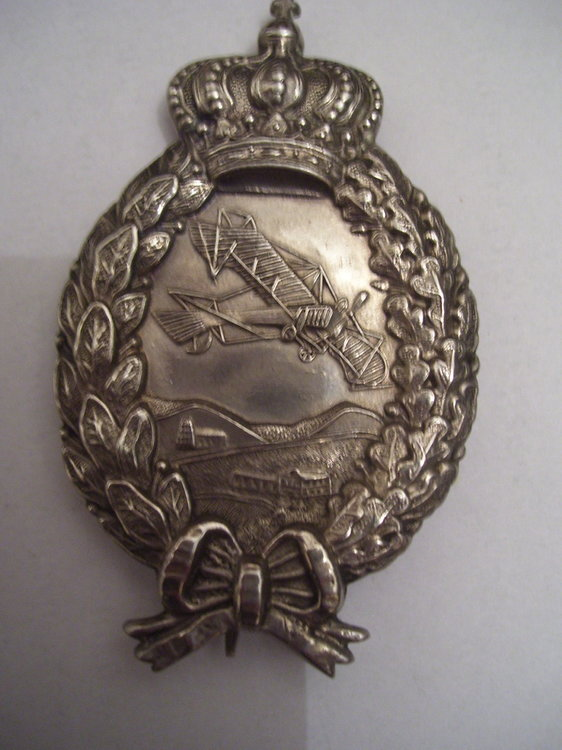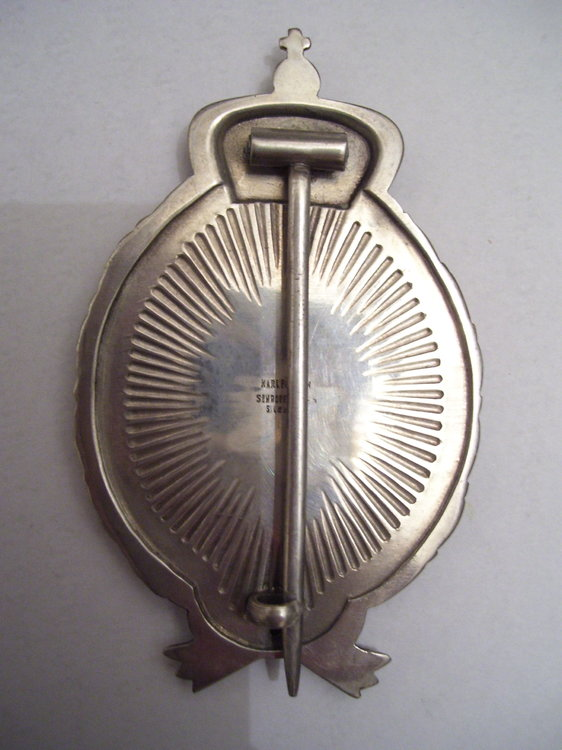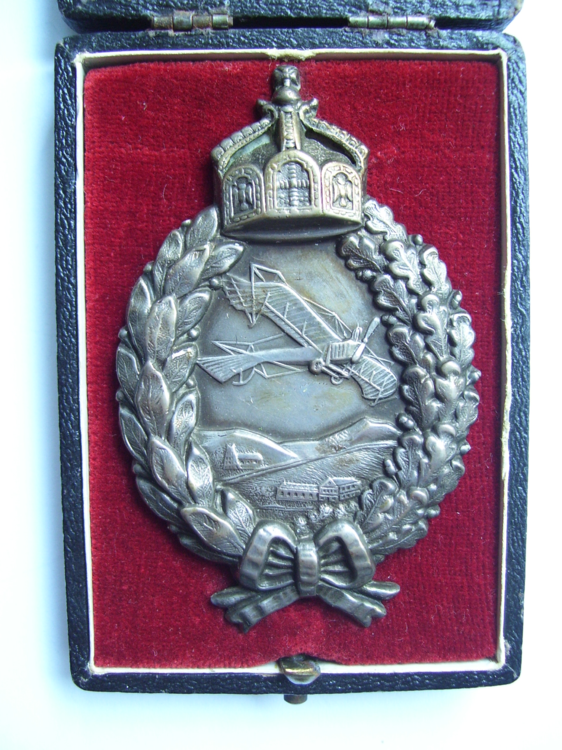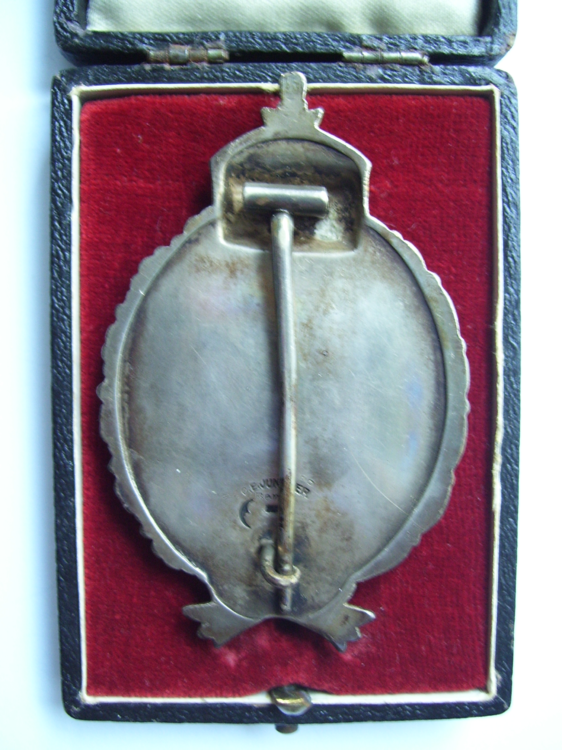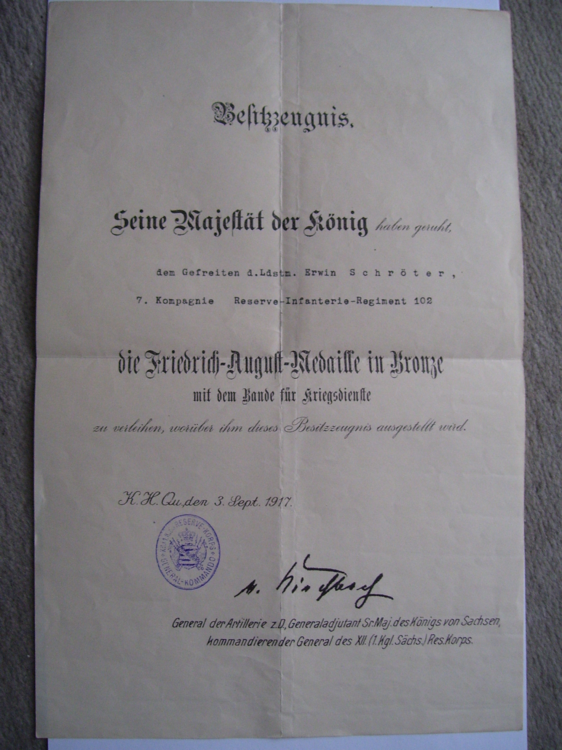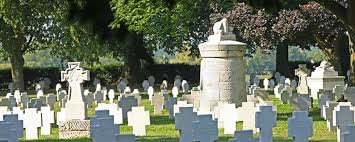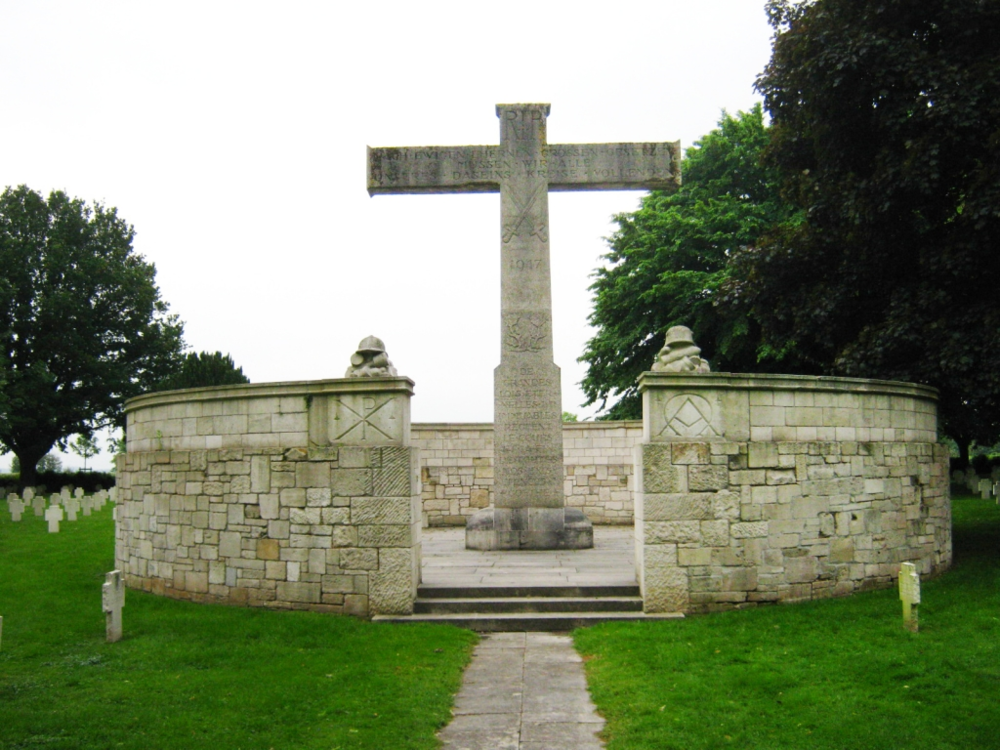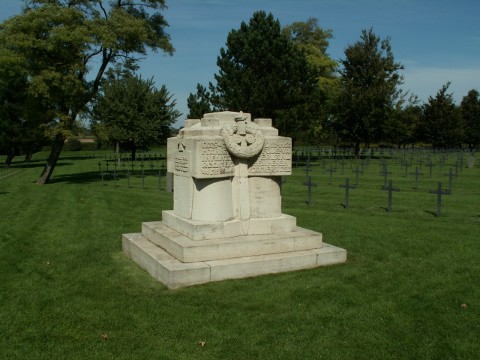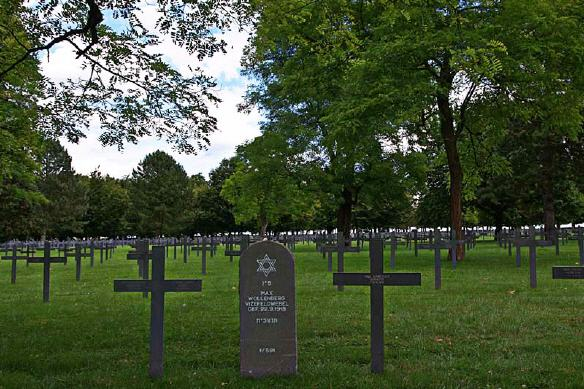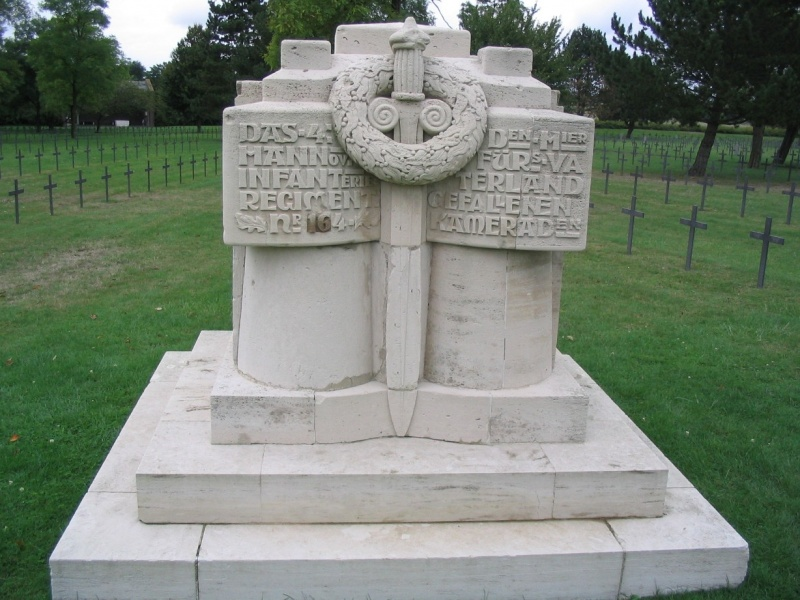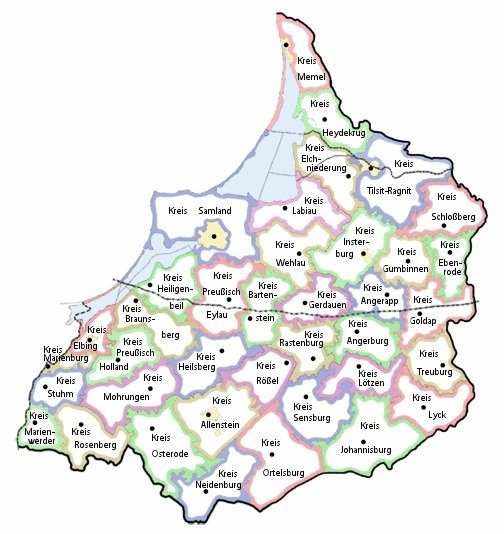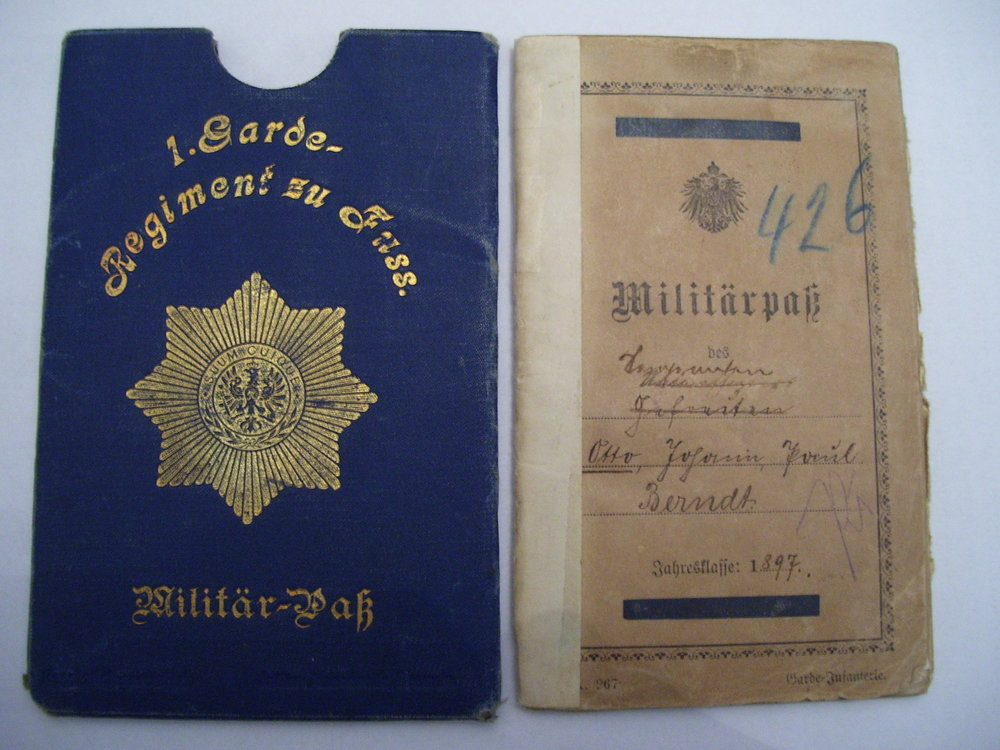Leaderboard
Popular Content
Showing content with the highest reputation on 22/07/19 in all areas
-
Hello Fritz, I do not have the brow plate yet, still looking. There are a lot of fakes out there right now. I had to special order the webbing materials, and yes the iron rivets would be better, but I didn't have the tools for them. So I went with copper for display purposes. I might in the future swap them out with the correct type. I am working on a WW1 French Daigre armor set now. I have the original plate along with new fabric and parts, should turn out really nice when done. I dont know of anyone who has a intact one.3 points
-
x Oberleutnant Oswald Bölcke and Leutnant Max Immelmann amongst their comrades. Front row: Salffner, Meding, Lt.Albert Oesterreicher, Bölcke, Hptm. Hermann Kastner, Lt. Max Immelmann, von Krause, Lt. Ernst Hess Back row: Lt. Max Mulzer, von Schilling, Oblt. Maximilian von Cossel, Fromme, Oblt. von Gusnar Taken the last day on which Bölcke and Immelmann together in the same group. Bölcke was despatched the next day for preparation for the Verdun Offensive. He was in Douai in June for the funeral of Max Immelmann + 18.6.1916 Oswald Bölcke, a commemorative postcard, 40 Victories Hauptmann Oswald Bölcke (Boelcke) *19.05.1891, Giebichenstein b. Halle a/d Saale +28.10.1916, Bapaume, fatal accident Pour le Mérite, 12.01.1916 (Telegraphen-Bataillon 3) Oberleutnant Max Immelmann * 21.9.1890, Dresden + 18. 9.1916, Annay, Pas-de-Calais Pour le Mérite, 12.1.1916 (Eisenbahn-Regt.2) Oberleutnant Max Ritter von Mulzer, Führer, Flieger-Abteilung 32 *3. July 1893, Kimratshofen +26. September 1916, Valenciennes 9. July 1916 Pour le Mérite (Chevaulegers-Regiment 8.) Original period photo print Reverse, gelaufen A later copy Richthofen in the peacetime uniform, Kriegskarte, Probably licensed from Sanke Sanke postcard of Rittmeister Manfred von Richthofen. These were published in large quantities and each photo had an order number, which can be seen at the front of the card as well as the manufacturer's logo and the name of the person depicted, very collectable, and these cards can reach high prices, especially when there is an original autograph of the person depicted. This particular photo is well known and has been featured in many biographies of Richthofen. Not known when this portrait was taken, presumaby after December 1916 (Pour le Mérite, 12. January 1917) and before 21. April 1918. Cards printed after that date bore a small cross after the name. In the photo he is wearing the uniform of his old regiment, Ulanen-Regiment 1, along with the military pilots badge, Iron Cross 1st and 2nd class and the Ordre Pour le Mérite. There are many various other photos of Richthofen by Sanke and by other photographers and publishers, as he was very popular. To the bottom left hand corner of the picture is the logo or trademark of Rotophot AG, which was founded in 1912. Sanke and Rotophot were still in business during the 1920s and 1930s. Richthofen with Exzellenz General von Hoeppner, Kommandeur der Luftstreitkräfte A rare set of five cards, numbered 3000-3004 by Verlag Harry Rothenberg, Breslau, not so well known as the Sanke series: Richthofen, this card was printed after 21.4.1918 + Gebrüder Richthofen, Manfred and Lothar, printed after 21.4.1918+ Oberleutnant Lothar Freiherr von Richthofen, Manfred's younger brother * 27.9.1894, Breslau + 4.7.1922, Hamburg Pour le Mérite, 14.5.1917 (Dragoner-Regt.4) Werner Voss, * 13. April 1897 in Krefeld; † 23. September 1917 nördlich von Frezenberg Photo was taken in Richthofen's room. Leutnant Kurt Wolff, * Greifswald, 6.2.1895 + Werwik, 5.9.1917 Pour le Mérite, 4. 5.1917 (Eisenbahn-Regt.4) Leutnant Karl Allmenröder * 3.5.1896, Wald b. Solingen + 27.6.1916, Zillebeke (Feldartillerie-Regt.62) A member of the Richthofen "Flying Circus" who joined Jasta 11 in late 1916 and gained over 30 victories before being shot down on 27. June 1917 near Zillebeke, Belgium. The photo was taken before he gained the Pour le Mérite and which has been added later to the photo. His other decorations as seen in the photo are the Iron Cross 1st class, the Military Pilots Badge and the Oldenburg Friedrich-August-Kreuz 1st class. After the crash he was recovered from the battlefield and buried in his home town Solingen-Wald, where his grave can be seen today. Funeral of Karl Allmenröder, decorations can be seen in this photo (Sanke): The Hausorden von Hohenzollern (Ritterkreuz) can be seen in the photo (centre). The circumstances leading to his death are still unclear. A Canadian ace, Fl./Lt. Raymond Collishaw, R.N.A.S., was accredited with this, however, there is a discrepancy in the dates. Leutnant Emil Schaefer, Jasta 11 Pilot * 7.12.1891, Krefeld + 5.12.1917 bei Ypres 26.4.1917, Pour le Mérite (Jäger-Bataillon 7) Leutnant Gustav Leffers * 2.1.1895, Wilhelmshaven + 27.12.1916, Cerisy Pour le Mérite, 5.11.1916 Leffers reportedly flew a captured French Nieuport Offizier-Stellvertreter Edmund Nathaniel * 18.12.1889, Dielsdorf + 11.5.1917, Bourlon Wood 15 victories Oberleutnant Hermann Göring, last commander of the Richthofen Squadron * 2.1.1893, Rosenheim + 15.10.1946, Nürnberg Pour le Mérite, 2.6.1918 22 victories (Infanterie-Regt.112) Flieger from Flieger-Bataillon 2 in marching order, undated private photo, early uniform. The Flying Ulan - a wartime photo of a soldier of Ulanen-Regiment 13 in peacetime unform, with wartime leather equipment. The large metal scaled epaulettes have been removed and grey cloth shoulder straps of the Fliegertruppe have been added. Unusual photo depicting rear area use of the old peacetime uniform, the Tschapka is worn here without it's field cover.2 points
-
1 point
-
1 point
-
1 point
-
A rare and expensive item presently, most one or more of the lower plates missing and seldom have any original paintwork. Do you also have the brow plate for the steel helmet? These usually turn up as ground dug, seldom intact, due also to their heaviness the paintwork is the most vulnerable part, and of course the leather attachment strap. You did a good job at restoring the webbing attachments, this type of material is hardly obtainable nowadays. The copper rivets should of course have been iron, as copper would have been unsuitable and was no longer available midwar, but understandably restoring with iron rivets would have been more difficult1 point
-
Here is another one of my favorite pieces, WW1 German Armor. There are 2 types, one for machine gunners and static positions, and the the second type used for assault troops. This is the one used for assault troops as it has the shoulder stock ridge on the upper right side (users right). When I got this all the plates were disassembled, inside the duffle bag. Also included were the felt pads. All the plates are stamped with lot numbers, and I re-assembled the plates using a another set of armor as a guide. I used the correct type of webbing straps and black waxed rope to secure the plates together and used copper rivets for the shoulder pieces. Turned out nice I think. The duffle bag has LT. A.G. Cherry, 301st engineers, which was part of the US 76th Division. They arrived in france in July of 1918 and were for the most part, piecemealed out to other units. Typically engineers and other specialist units were kept together and forwarded to units in need. Note the sticker on the inside with Cherry's name as well.1 point
-
1 point
-
1 point
-
1 point
-
1 point
-
An award document for the Königlich Sächsische Friedrich August Medaille in Bronze, on the ribbon for war service for Gefreiter d. Landsturm Erwin Schröter, 7. Kompagnie / Reserve-Infanterie-Regiment 102 dated Königliches Hauptquartier (Sächsisches), den 3. September 1917 Signed by von Kirchbach, General der Artillerie zur Disposition, Generaladjutant Seiner Majestät des Königs von Sachsen, Kommandierender General des XII. (1.Kgl.Sächs.) Reserve Korps1 point
-
I visited quite a few of these cemeteries in Flanders, Artois in 1967 and 1968, and the Somme (Fricourt) etc., in 1982. I am very surprised that the Volksbund answered so quickly! Glad to hear it. Usually they take a long time, and are very officious about applications or requests about persons. Some very good research there! Another great problem nowadays is "Datenschutz", which can spoil or hinder any research attempt. Very few of those who started out on the 1. August 1914 survived till after 11. November 1918 Here are a few related or Western Front general interest links I have found: http://www.pourceuxde14.com/pages/le-passage-des-allemands/sur-la-trace-des-allemands.html http://www.wegedererinnerung-nordfrankreich.com/die-geschichte/schlachten/die-schlacht-von-arras-april-1917.html This link has a complete pdf of the history of Infanterie-Regt.76 (Hamburg), which makes good reading, an early publication by an officer of the regiment (Herbert v. Sydow): http://www.antiquaimages.com/ancestors/sources/2_ir_hanseatisch.pdf Cambrai - Soldatenfriedhof. This is a mixed cemetery, mainly German, but also French, British, Russian, etc. - a Russian expeditionary Corps also served on the Western Front. Russian prisoners of war were also used for building some of the German fortifications in the West Soldatenfriedhof Cambrai Memorial to Hannoversches Infanterie-Regt. 164, St.Laurent-Blangy / Neuville-St.Vaast (Maison Blanche) , nr. Arras St.Laurent-Blangy / Neuville-St.Vaast (Maison Blanche), originally ca. 39.000, due to recoveries in the last decades, now over 44.833 Nearby are also the British Cemeteries of Cabaret Rouge, Vimy/Lens and the French Cemetery of Souchez and Notre Dame de Lorette (Lorettohöhe)1 point
-
Thanks again Fritz. I did contact the Volksbund, and this is the response I got. Apparently he was killed in action and buried the war cemetery in Mons-en-Laonnois. Surname: Grutschus First given name: Julius Rank: pioneer/ Death / Missing date:08/28/1918 Julius Grutschus rests on the war cemetery in Mons-en-Laonnois . Endgrave: Block 2 grave 116 Mons-en-LaonnoisDispart Aisne 5003 German war dead First World War The German military cemetery Mons-en-Laonnois was created in December 1920 by the French military authorities as a collective cemetery for German war dead, which had been temporarily buried in 45 municipal areas in their own field tombs or on civil cemeteries. Those who died in Mons suffered death in one of the great battles and the numerous engagements between September 1914 and October 1918 between Soissons and Reims, on the Aisne, the Vesle and the Marne, and the possession of the Chemin des des Dames took place. Of particular note are the German advance to the Marne and the retreat to the Aisne in the fall of 1914, the French major attack in early April 1917, whose failure led to a momentous moral crisis in the French army and to mutinies of individual regiments. Repair work between the wars First work to improve the condition of the cemetery was carried out by the Volksbund Deutsche Kriegsgräberfürsorge eV on the basis of a 1926 agreement with the competent French military authorities. However, the problem of a permanent marking of the graves due to foreign exchange shortage and the 1939 erupting World War II remained unsolved. Final design Following the conclusion of the Franco-German War Graves Agreement of 19 July 1966, the Volksbund Deutsche Kriegsgräberfürsorge eV - financially supported by the Federal Government - was able to finalize the German war cemeteries of the First World War in France. In addition to a basic landscape landscaping with tree and hedgerows, greening of the grave surfaces, followed by the construction of the entrance and the enclosure of community graves with natural stone masonry. From 1974, the replacement of the previous provisional wooden tomb sign against metal crosses began with cast in names and dates of those resting here. The names of the acquaintances in the community graves are recorded on cast tablets. The 35-kilogram cross foundations displaced volunteers from a youth camp of the Volksbund. The Bundeswehr took over the transport of the concrete foundations and thus, as well as the young people, made a significant contribution to the work of the Volksbund. Of the 5,003 dead, 3,261 resided in individual graves; three remained without names. In the two communal graves with 1 742 victims only 191 are known by name. Among the dead are four civilian workers. The tombs of the 12 fallen Jewish faith were given a gravestone made of natural stone instead of the cross for religious reasons. The Hebrew characters say: 1. (above) Here lies buried ... .2. (below) May his soul be interwoven in the circle of the living.1 point
-
The last entry I can see here was from Pionier-Feld-Rektruten-Depot No.7 in Philippeville, July 1918 (no day stated) with the notice: Dienstfähigkeit: k.v. (kriegsverwendungs - fähig) - as the war on the Eastern Front ended, he was transferred to the West - possibly he was either killed or became a prisoner of war after that, as the book ends abruptly there - otherwise there would have been official dismissal entries after November 1918 with statements as to money received, clothing, provisions allowance, etc. I would think the book would have fallen into allied hands, either taken from the prisoner or the dead. You could try checking with Volksbund Deutsche Kriegsgräberfürsorge - they are online. Some of the handwriting is really difficult to read, esp. the wartime entries.1 point
-
Thanks Fritz, I was hoping to hear from you on this. I appreciate you taking the time to translate this book. The last entry is only a few days before the war ended, wonder if he made it or not...1 point
-
1 point
-
A Militär-Paß had different coloured covers, depending on which Truppenteil or branch of service they belonged to. The Pioniers had a yellowish white as in illustration, all guards units were white, infantry was blue, cavalry yellow, artillery reddish pink, etc. Here an example, guards: Transcription: Militär-Paß, Jahresklasse 1904 für: Pionier Julius Grutschus Wife: Berta Czetzier in Kehlen, Krs. Angerburg Profession: Schneidermeister Parents: Julius Grutschus Auguste Sahm in Grieben, Krs.Darken Nationale des Buchinhabers: Julius Grutschus, geb. 2. November 1882 in Kehlen / Kreis Angerburg, Preußen Profession: Maurer (mason, bricklayer, builder) Religion: Evangelisch Married: yes Children: 2 Entered service: 1. November 1904 als Ersatz-Rekrut, Samländisches Pionier-Bataillon No.18, 1. Kompagnie 2./3. Dismissed: 24.September 1906 zur Reserve beurlaubt Nummer der Truppenstammrolle: 23 Height: 1,73 cm 7. Übergetreten zu Landwehr I. Aufgebots: 9.April 1912 8. 27.19.1908 - Pionier-Bataillon Fürst Radziwill: Grutschus konnte am 23.8.1908 zu einer 28-tägigen Übung zur 2. Reserve-Kompagnie eingezogen. Übte mit Gew.98 Führung: gut Strafen: keine Entlassen nach Kehlen, Krs. Angerburg, Bez.Kdo. Goldap (Bezirks-Kommando) (Signature) Hauptmann und Kompagnieführer (to be continued) 18. 23.6.16: p. Grutschus war seit dem 24.6.15 beim über.... (to be continued when time and absolute concentration allow)1 point
-
1 point
-
1 point
-
enjoy! http://www.guardian.co.uk/world/video/2012/apr/26/german-warplane-denmark-video?fb=native&CMP=FBCNETTXT90381 point






